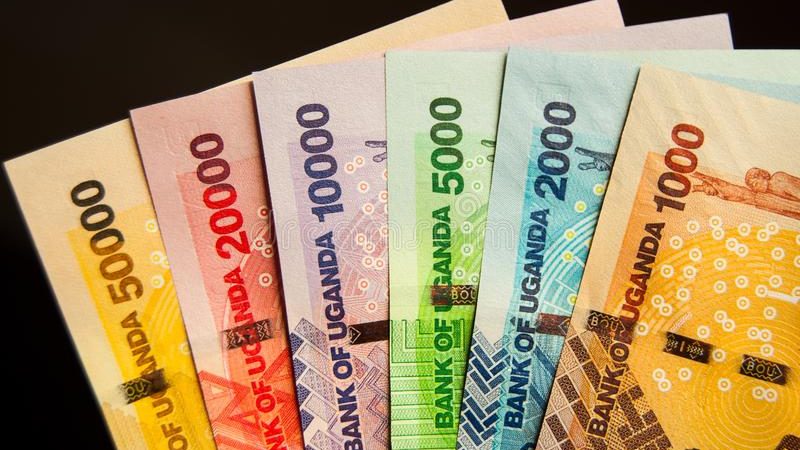A combination of portfolio flows, commodity inflows, and remittances outweighed corporate demand, helping the Ugandan shilling strengthen against the U.S. dollar during the week’s trading session, according to Richard Nsubuga, Trader CIB Markets at Absa Bank Uganda.
The local unit traded at 3660/3670 per dollar, improving from the week’s opening at 3665/3675. The shilling is expected to maintain its upward trajectory, likely fluctuating between 3650 and 3700 in the near future.
Nsubuga revealed that the money market remained liquid, with interbank players exchanging overnight and one-week funds at average rates of 9.80% and 10.88%, respectively. In response, the central bank conducted an Open Market Operation on Thursday, mopping up Shs 430 billion through a 7-day repo.
The treasury bill auction held yesterday attracted significant investor interest, with bids exceeding the Central Bank’s offer. The accepted Face Value stood at Shs 396.61 billion, surpassing the offered Shs 355 billion. The 91-day maturity saw an upward shift of 100 basis points, while the 182-day and 364-day maturities declined. The clearing rates were: 91-day: 12.000%, 182-day: 13.500% and 364-day: 14.752%.
Meanwhile, the Kenyan shilling faced less pressure due to a decline in corporate demand. By Friday, it traded at 129.00/129.25 against the dollar, with expectations to remain within the 128.80/129.80 range.
“The dollar index stabilized around 104 on Friday after a declining week, as escalating trade tensions raised concerns over their impact on the U.S. economy, particularly given American firms’ reliance on free trade,” Nsubuga noted.
The dollar index recovered from earlier losses after analysts projected a U.S. recession due to trade war spillovers, closing at 103.984 on Friday. President Donald Trump threatened to impose 200% tariffs on European alcoholic products in retaliation for the EU’s 50% tariff on American whiskey and other U.S. goods.
In the commodities market, WTI crude futures traded around $67 per barrel on Friday. Macroeconomic uncertainties pressured oil prices, with the International Energy Agency warning of a growing supply surplus amid weakening demand and increased OPEC+ production.
Gold continued to rise, benefiting from trade war turbulence and support from the Federal Reserve’s easing policies. The safe-haven asset climbed to approximately $2,990 per ounce on Friday.


















